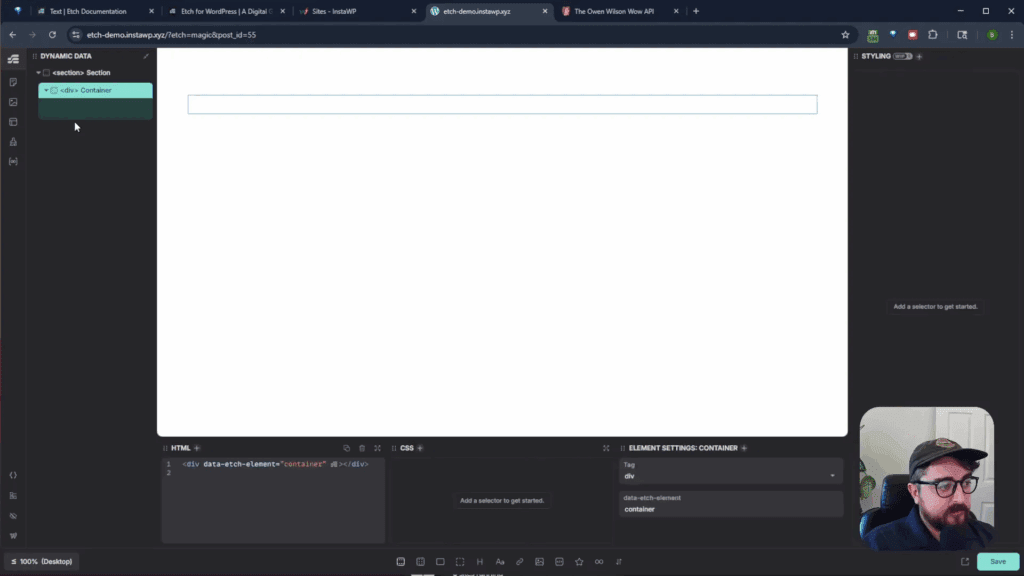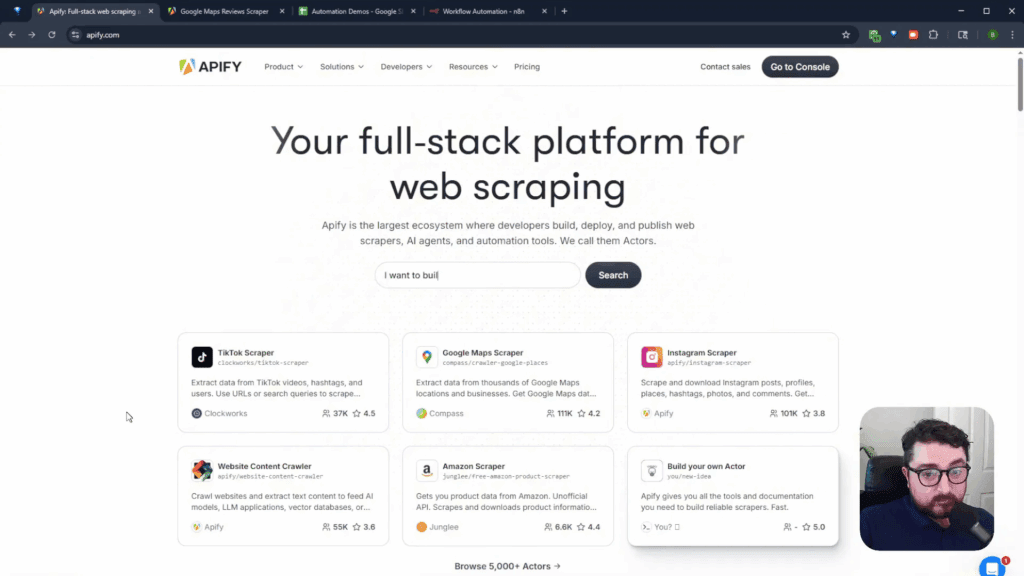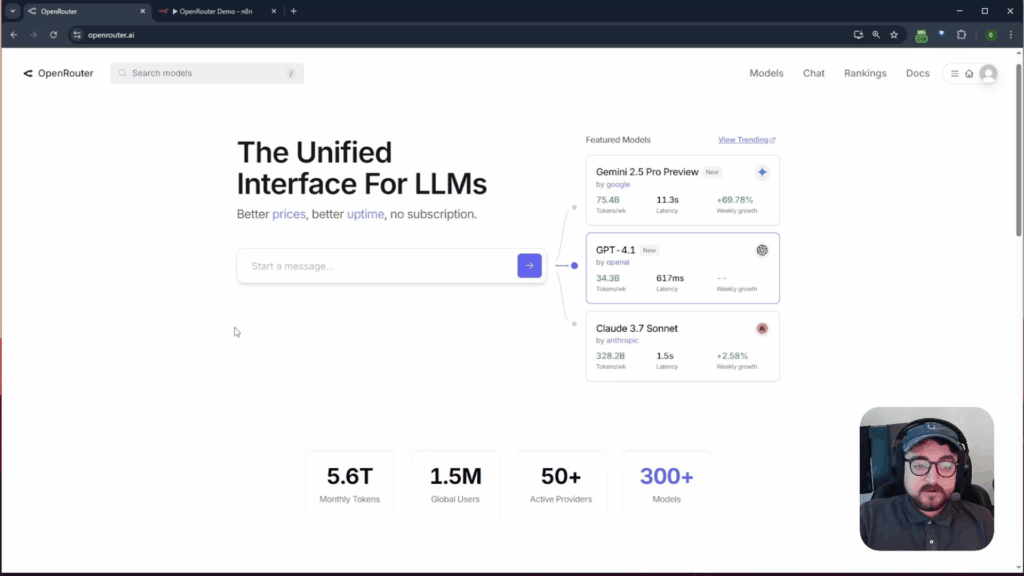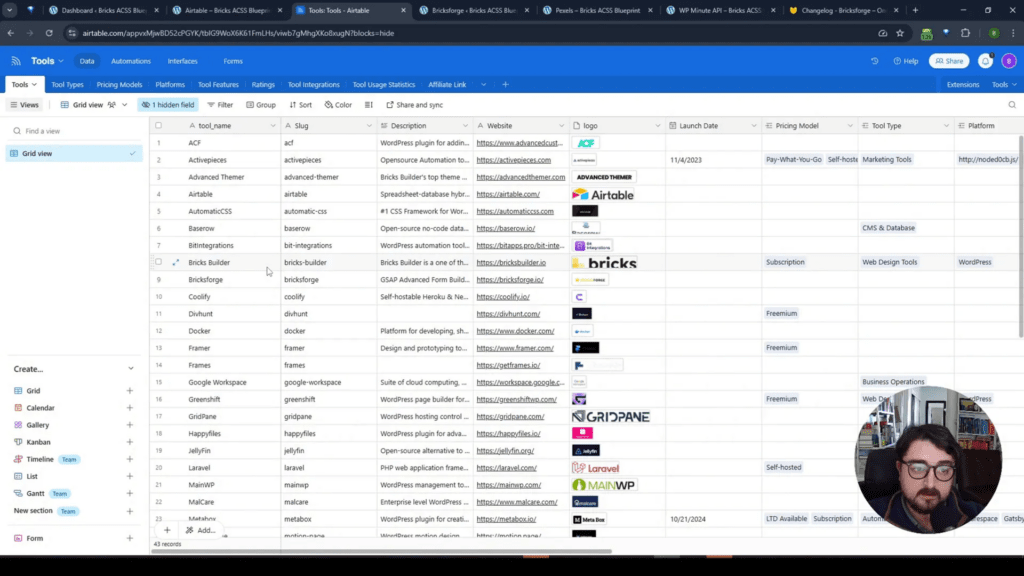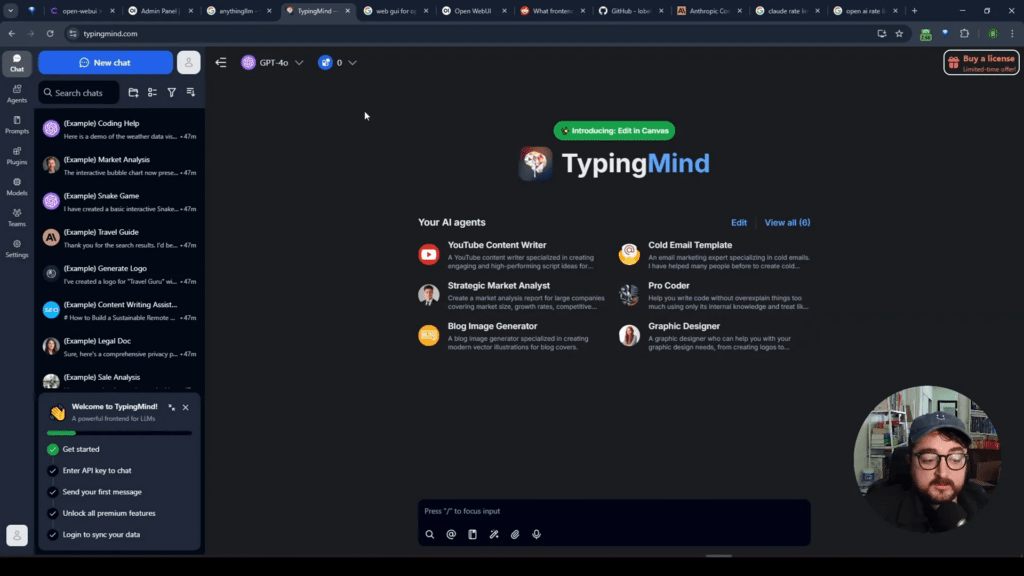Despite not being a particularly good artist, my daily life remains deeply entrenched in the realm of creation, knowledge dissemination, and artistic expression. I have often found inspiration for my work in unexpected places, and today is no exception. From the vantage point of my home office, I have been closely observing a new construction project taking shape next door. The gradual transformation of an empty lot into a functional structure has led me to reflect on the striking parallels between this physical construction and the digital landscapes we craft on the web – perhaps the most obvious analogy of all time.
In both endeavors, the process begins with a vision—an abstract idea that takes root in the mind of an individual or a team. Just as a web designer conceptualizes the layout, user experience, and aesthetics of a website, an architect envisions the design, functionality, and purpose of a new building. The blueprint, in its various forms, serves as the initial roadmap, guiding each project toward its eventual manifestation.
Much like a web designer sketches wireframes and mockups, the architect creates detailed plans, specifying dimensions, materials, and structural elements. Both blueprints are critical not only for guiding the creators but also for communicating the vision to the various stakeholders involved. These documents are, in essence, the foundational code upon which the entire project is built.
As I observe the construction workers on the site next door, I am reminded of the diverse roles that individuals play in the web design process. Each person, from the excavators to the plumbers, has a unique set of skills and responsibilities that contribute to the whole. Similarly, in the world of web design, developers, content creators, graphic designers, and UX/UI specialists work in harmony to bring a website to life. Just as a builder relies on a team of skilled craftsmen, we rely on our own teams to execute our digital visions.
The construction process, like web design, is a study in patience and incremental progress. Day by day, brick by brick, or in our case, pixel by pixel, the project advances toward completion. It’s a process that demands meticulous attention to detail and a commitment to quality. Errors and oversights, whether in the physical construction or the digital design, can lead to costly setbacks. Thus, the mantra of “measure twice, cut once” holds true in both realms.
A striking parallel can be drawn between the architectural notion of form following function and the principles of user-centered design in web development. In the physical world, a building’s design should align with its intended use. Similarly, in the digital realm, websites must prioritize the user experience, ensuring that form complements function seamlessly. Just as an architect considers how a building will be used, a web designer must think about how a website’s visitors will interact with and navigate through the content.
Moreover, sustainability has become a central concern in both fields. As the construction industry adopts green building practices to reduce its environmental footprint, web designers are increasingly focusing on creating sustainable and eco-friendly digital experiences. These parallels highlight how professionals in different domains are addressing the urgent need for responsible and ethical practices in their respective industries.
The passage of time plays a significant role in both construction and web design. A construction project can span months or even years, with each day bringing tangible progress. In contrast, web design projects often evolve at a faster pace, but the iterative nature of the digital world means that updates and improvements are constant. Both processes require adaptability and the ability to embrace change as they unfold.
One might argue that the most profound similarity between construction and web design lies in the impact they have on the communities they serve. A newly constructed building can redefine a neighborhood, offering new opportunities and amenities to its residents. Similarly, a well-designed website can transform how people access information, connect with one another, or engage with a brand. In both cases, these creations have the power to shape experiences and enrich lives.
In conclusion, the construction project unfolding next door serves as a powerful metaphor for the creative work we do in the digital realm. From the initial vision and blueprint to the collaborative efforts of diverse teams, from the emphasis on form following function to the importance of sustainability and adaptability, the parallels are undeniable.
As we, as web designers and creators, witness the gradual rise of this new structure, we are reminded that our work, too, is about more than just aesthetics and functionality. It is about building connections, fostering community, and leaving a lasting impact on the world. Just as the construction workers labor diligently to bring their vision to life, we, too, labor tirelessly to craft digital experiences that resonate with our audiences. In the end, whether physical or digital, the act of creation is a profound testament to human ingenuity and our ability to shape the world around us.


